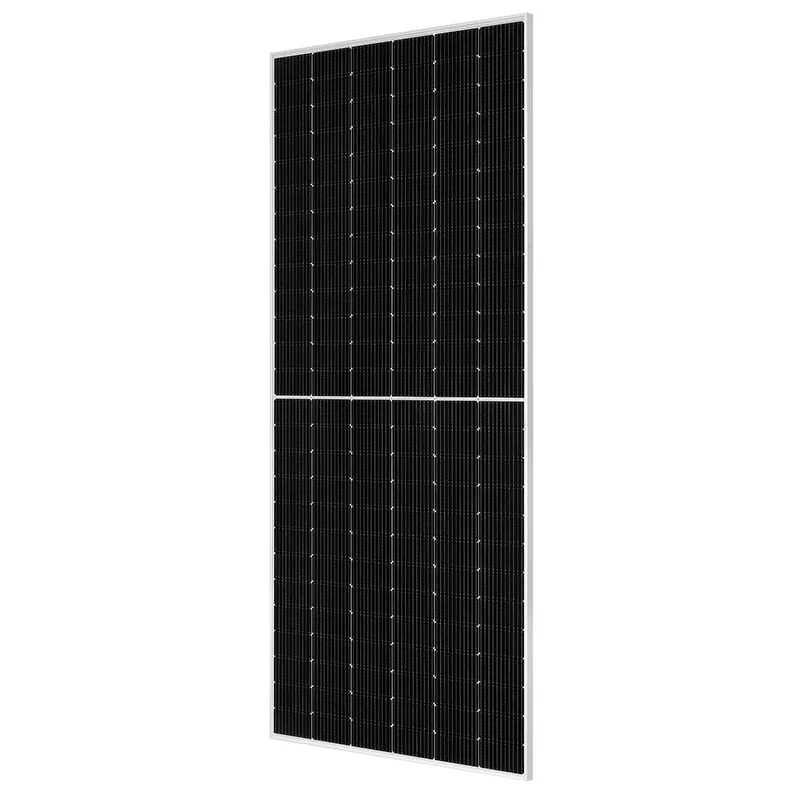Trends and Factors Influencing Solar Panel Pricing in Today's Market
Understanding Solar Panel Prices A Comprehensive Overview
In recent years, the increasing urgency to address climate change has propelled the adoption of renewable energy sources, with solar energy leading the charge. As homeowners and businesses alike explore ways to reduce their carbon footprints and energy bills, understanding solar panel prices becomes crucial. This article delves into the factors influencing solar panel costs, price trends, and the benefits of investing in solar technology.
Factors Influencing Solar Panel Prices
1. Technology Type The cost of solar panels varies significantly depending on the technology used. The most common types are monocrystalline, polycrystalline, and thin-film solar panels. Monocrystalline panels, known for their high efficiency and sleek design, typically come at a higher price point, averaging $1 to $1.50 per watt. Polycrystalline panels are less efficient but more affordable, generally costing between $0.90 and $1.20 per watt. On the other hand, thin-film panels, while cheaper, offer lower efficiency and are less commonly used for residential applications.
2. Brand and Quality The manufacturer’s reputation can greatly influence solar panel prices. Established brands with proven track records often charge a premium for their products, reflecting their reliability and warranty provisions. Investing in reputable brands can provide peace of mind in terms of product performance and longevity.
3. Installation Costs The price of solar panels is only part of the total expenditure. Installation costs can range widely based on location, system size, and the complexity of the installation process. On average, installation costs might add an additional $0.50 to $2 per watt, depending on the region and specific installer.
4. Market Trends Solar panel prices have seen significant reductions over the past decade, driven by technological advancements, increased production, and growing competition. According to the National Renewable Energy Laboratory (NREL), the average price of solar photovoltaic (PV) systems has decreased by nearly 70% since 2010. This trend is expected to continue as renewable technologies improve and economies of scale are realized.
5. Incentives and Rebates Government incentives play a crucial role in solar panel pricing. Many countries offer tax credits, rebates, and other financial incentives to encourage the adoption of solar energy. For instance, in the United States, the Federal Solar Tax Credit allows homeowners to deduct a significant percentage of the installation cost from their federal taxes, effectively lowering the barrier to entry.
solar panel price

Pricing Trends
Market analysts project that the future of solar panel pricing remains positive, with prices expected to decline further. Innovations in solar technology, such as bifacial panels that capture sunlight on both sides, and building-integrated photovoltaics (BIPV) are on the horizon, which may alter the cost landscape. Additionally, the growing demand for energy storage solutions, like batteries, is pushing solar technology companies to bundle their offerings, potentially affecting overall system costs.
The Value of Investing in Solar
When considering solar panel prices, it is essential to look beyond the immediate costs. Solar energy systems present a multitude of long-term benefits, including
- Energy Savings Solar panels allow homeowners to significantly reduce their electricity bills, often going off-grid entirely or enjoying net metering benefits. - Environmental Impact By shifting to solar energy, individuals contribute to the reduction of greenhouse gas emissions, which is vital in combating climate change. - Increased Property Value Numerous studies suggest that homes equipped with solar energy systems have higher resale values, making them a worthwhile investment. - Energy Independence With rising energy costs, solar power provides a hedge against fluctuating electricity prices.
Conclusion
Understanding solar panel prices is an essential step for anyone considering the transition to renewable energy. While the upfront cost may seem daunting, the long-term savings, coupled with environmental benefits and available incentives, make solar a worthwhile investment. As technology continues to develop and prices decline, solar energy is becoming more accessible to a broader audience, paving the way for a sustainable and energy-efficient future. By harnessing the power of the sun, we can not only meet our energy needs but also contribute positively to the planet.
-
String Solar Inverter: The High-Efficiency Solution for Smart Solar EnergyNewsJul.14,2025
-
Revolutionizing Rooftop Energy with the Power of the Micro Solar InverterNewsJul.14,2025
-
Power Independence with Smart Off Grid Solar Inverter SolutionsNewsJul.14,2025
-
On Grid Solar Inverter: Powering the Future with Smart Grid IntegrationNewsJul.14,2025
-
Monocrystalline Solar Panels: High-Efficiency Power for the Future of Clean EnergyNewsJul.14,2025
-
Bifacial Solar Panel: A Smarter Investment for Next-Generation Energy SystemsNewsJul.14,2025







